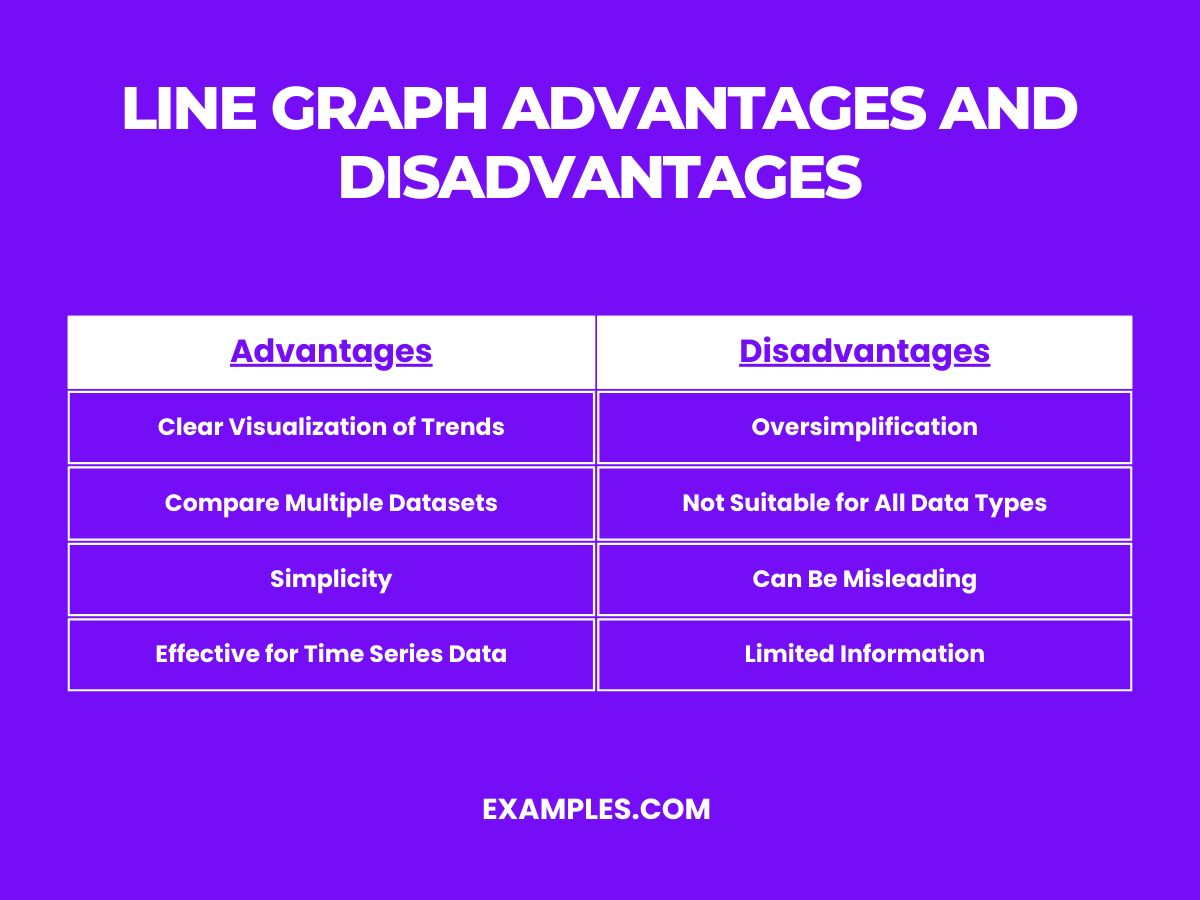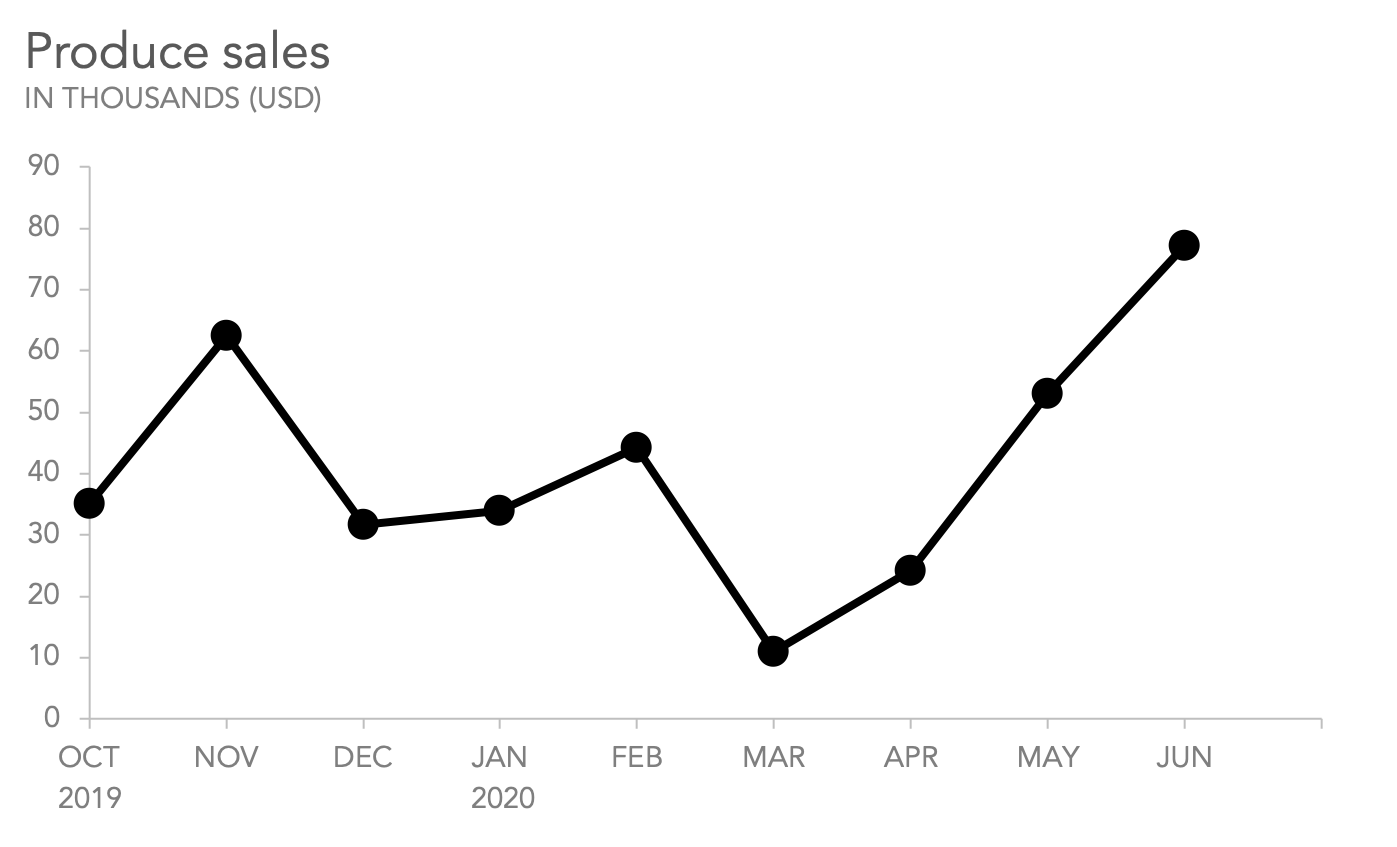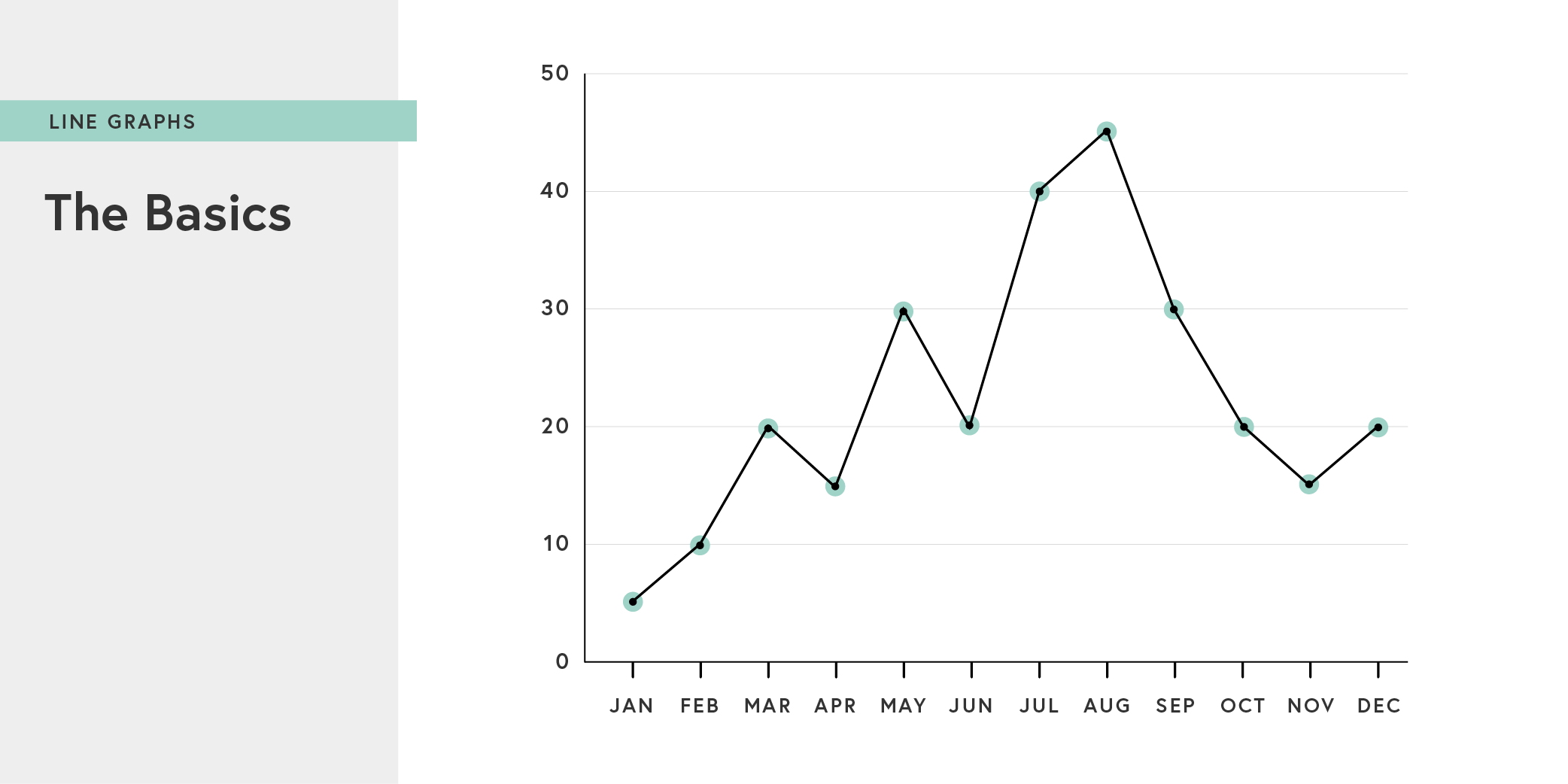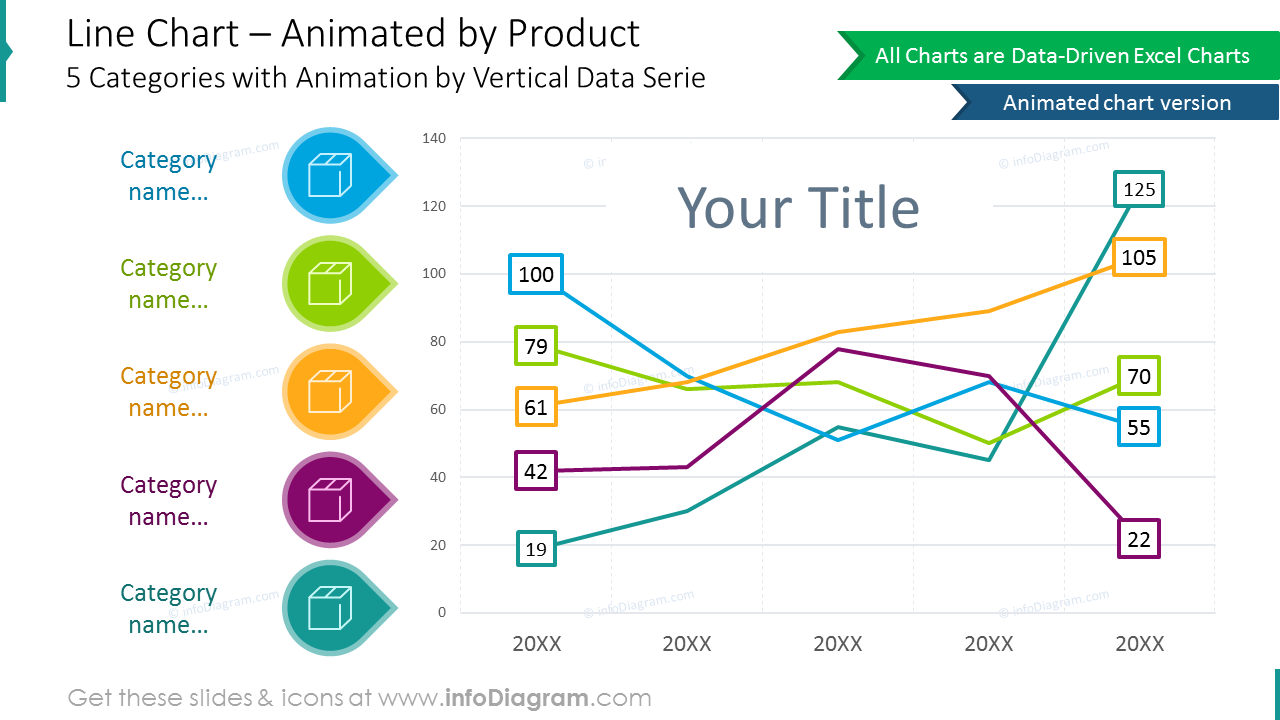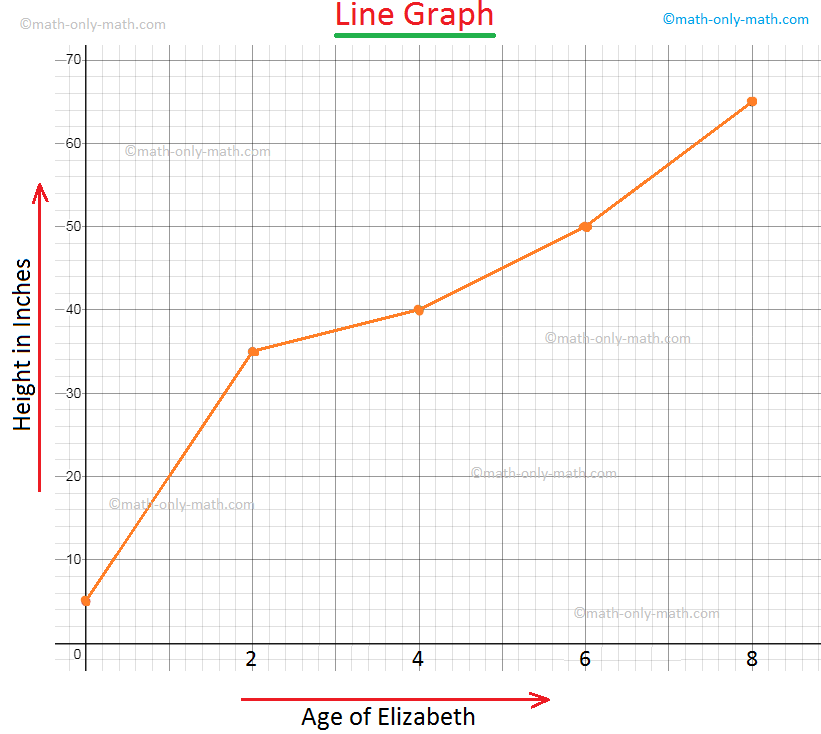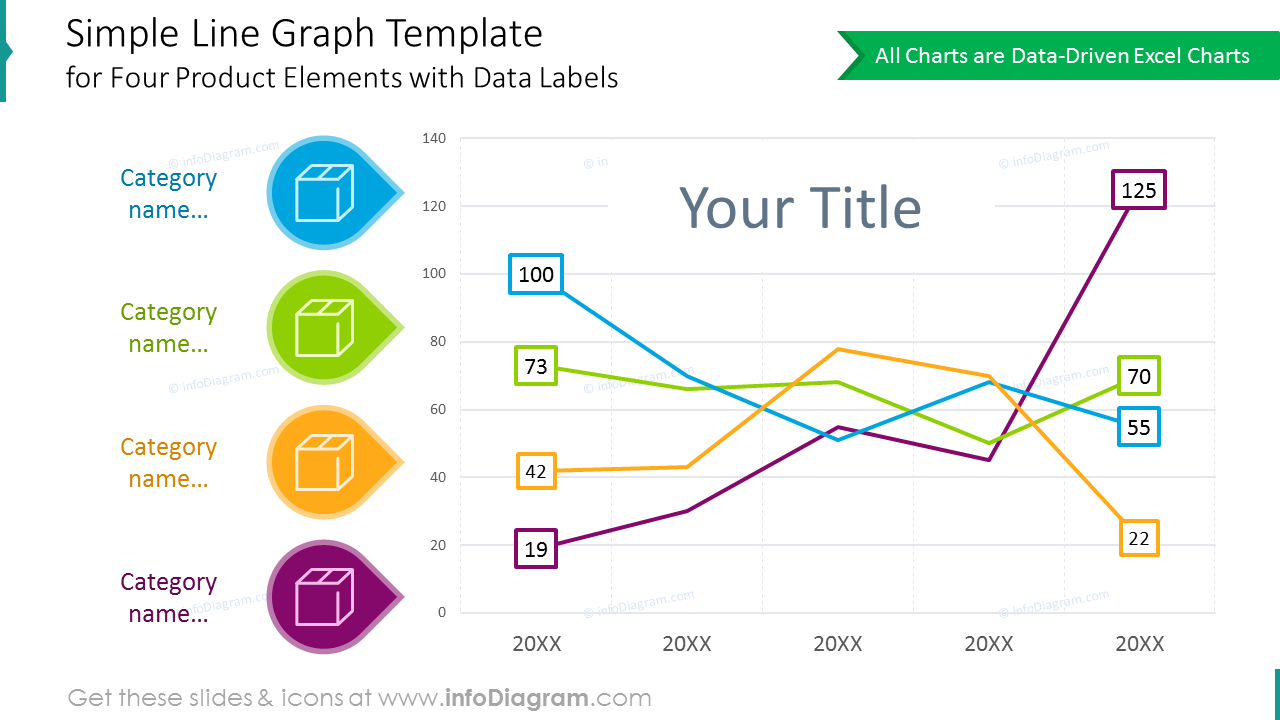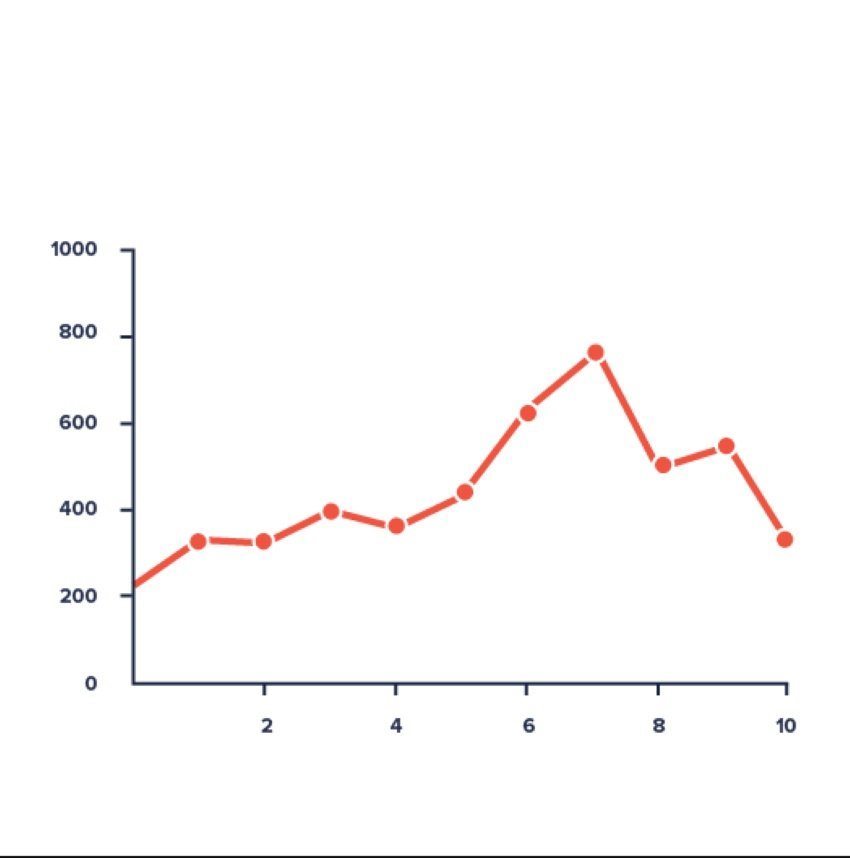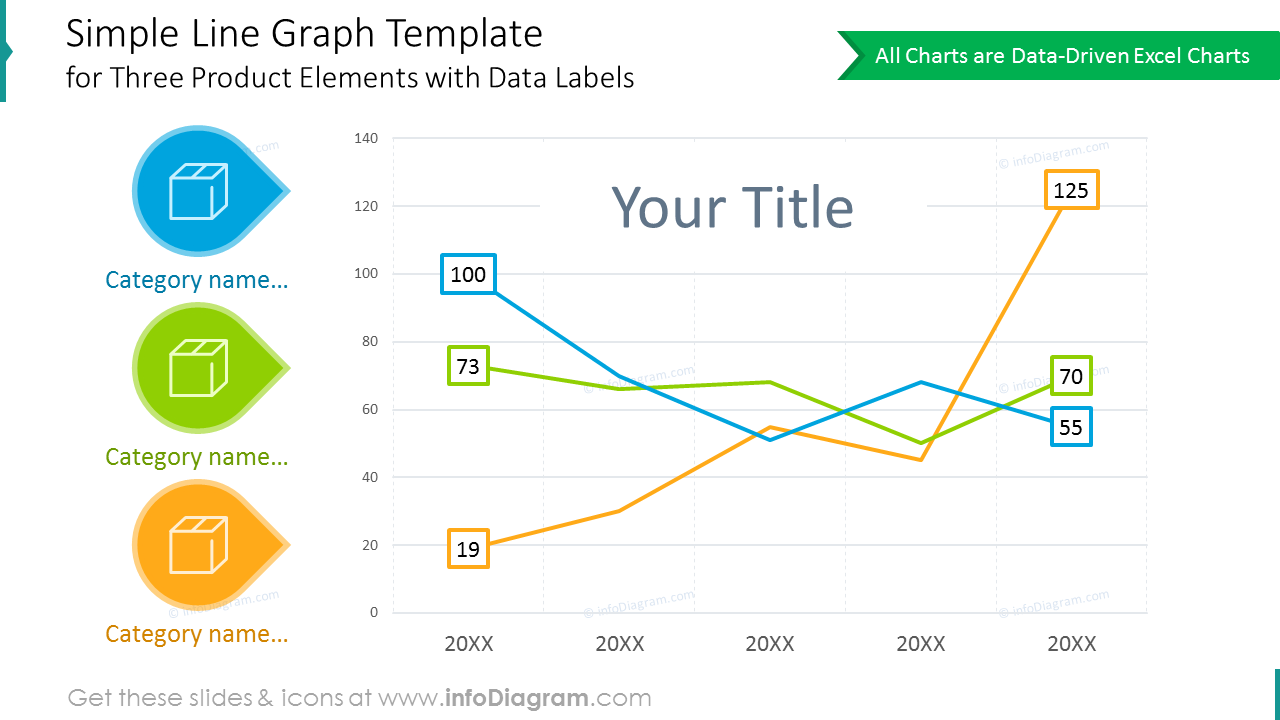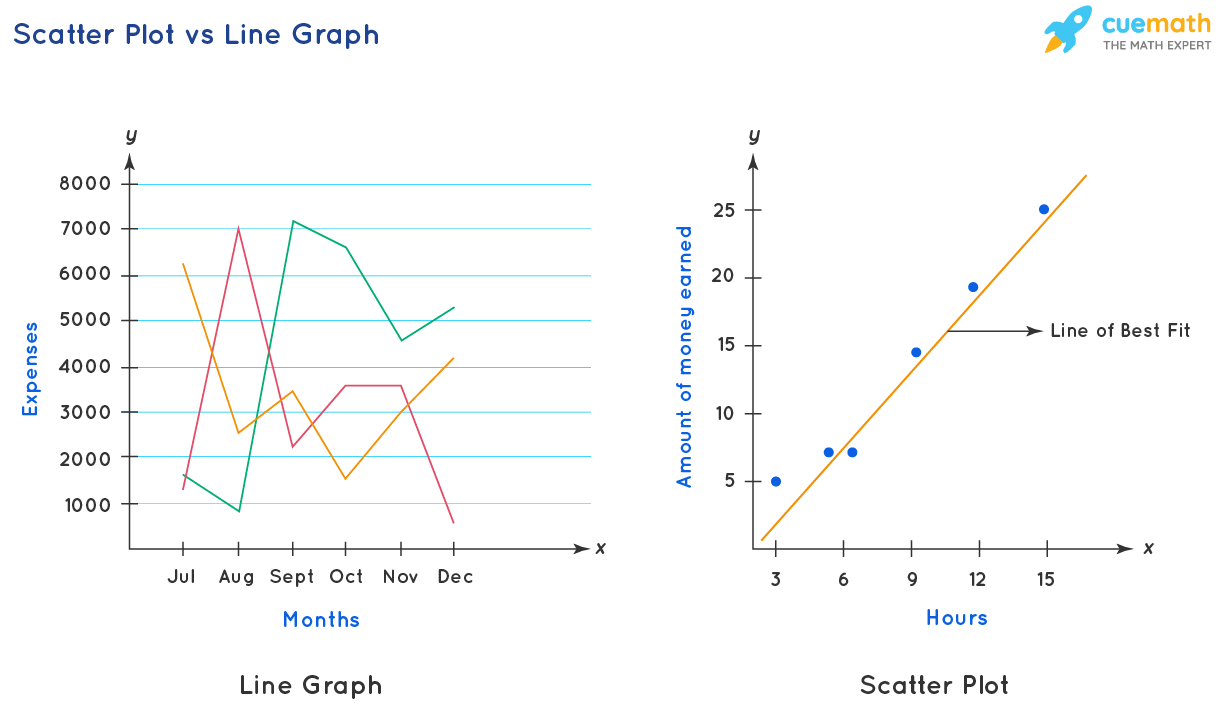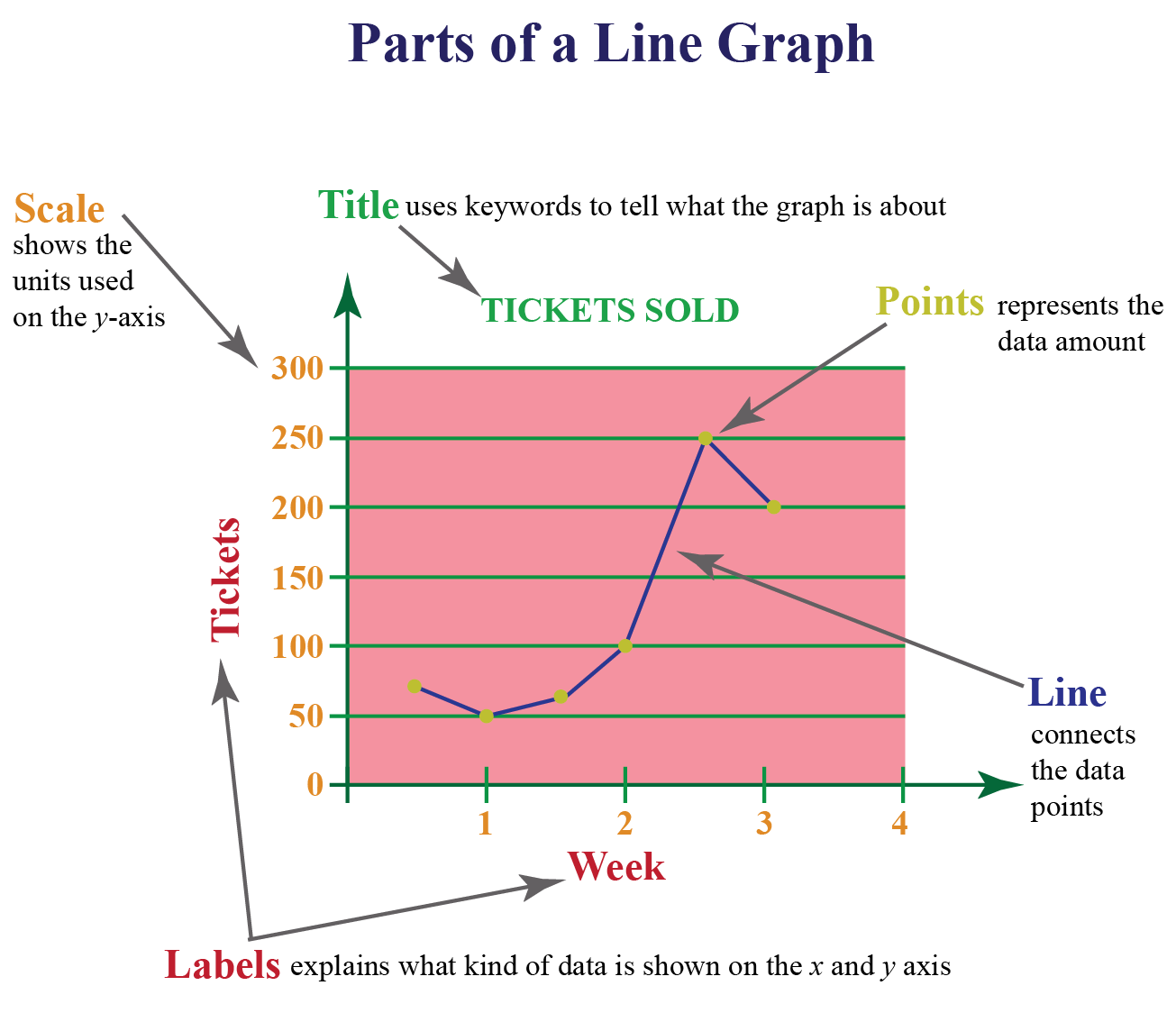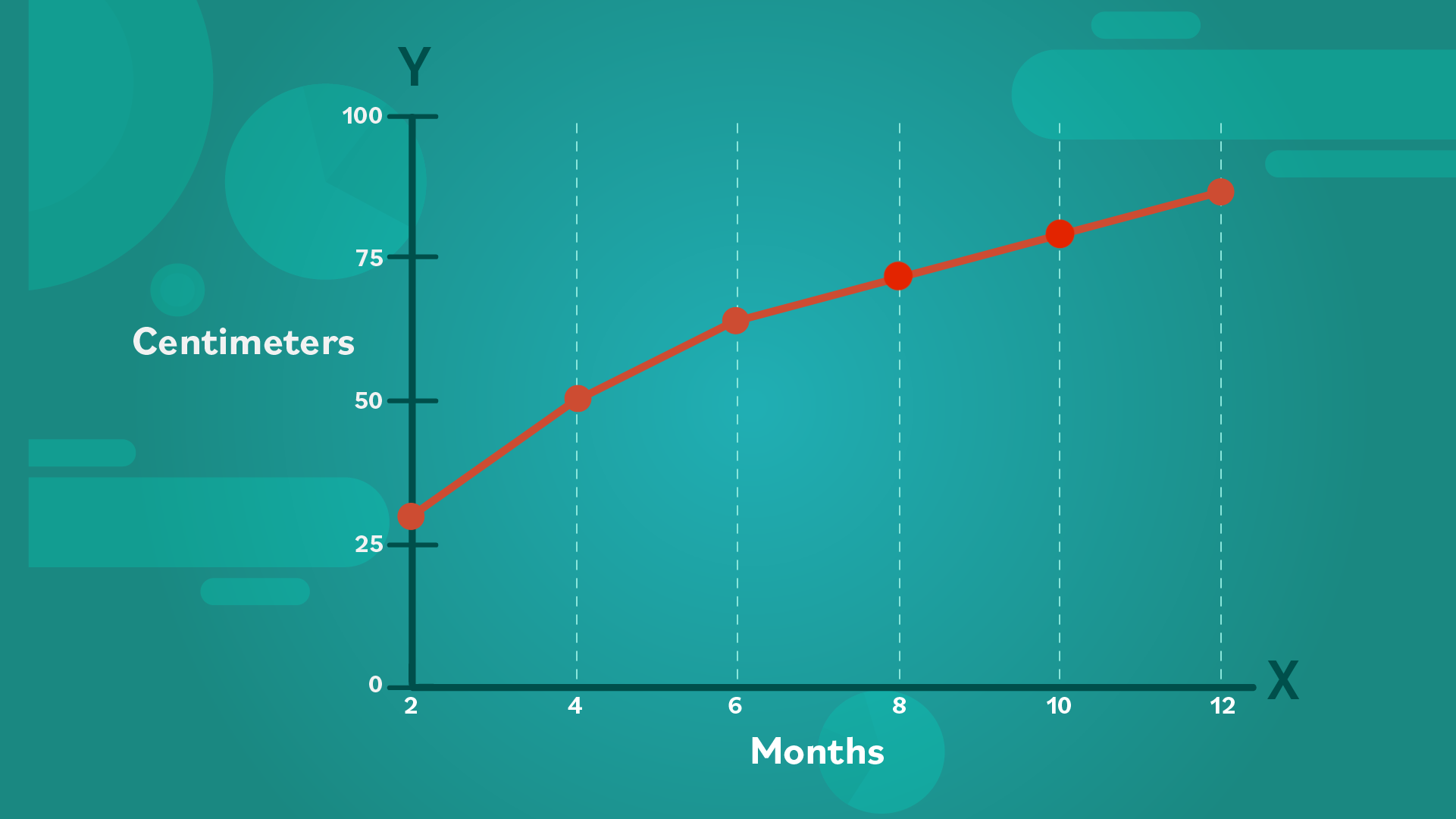Brilliant Info About What Are The Advantages Of Simple Line Graph Google Charts Trendline
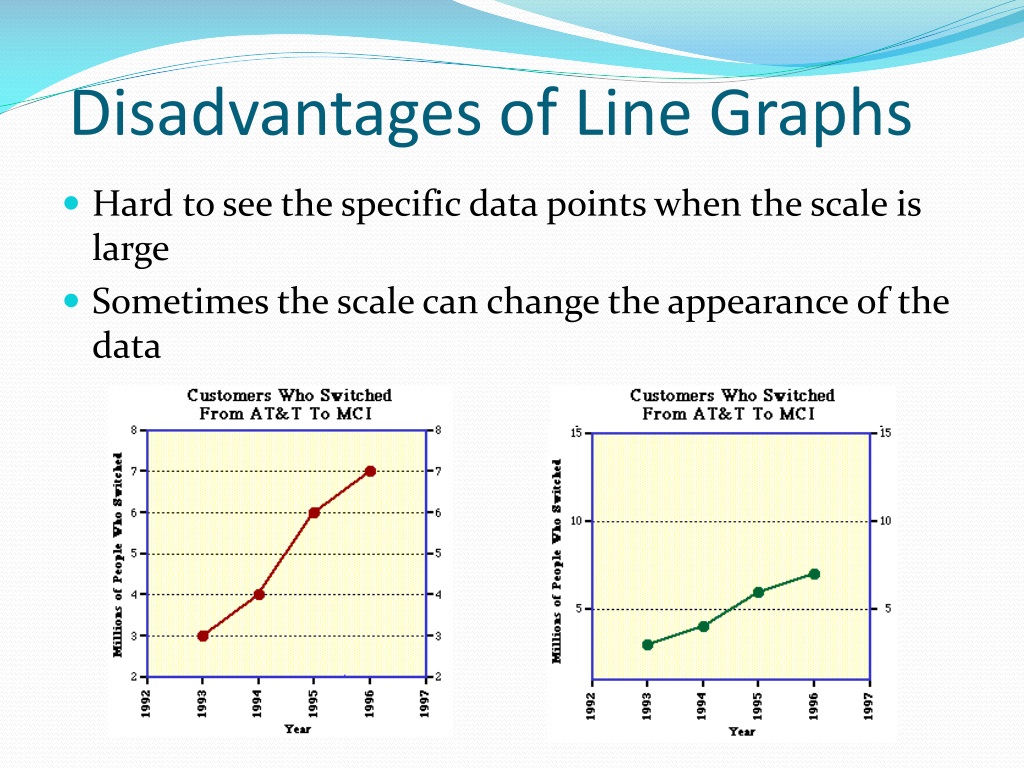
A line chart has three main types that are mainly used in both mathematics and statistics.
What are the advantages of simple line graph. A graph is a collection of set of vertices and edges (formed by connecting two vertices). Having a line constructed from multiple data points can allow you to make estimates of missing data. Because of these characteristics, the table view is often mistakenly confused with the data itself, despite the fact that it is just another visualisation of the data.
They are easy to understand. Let us discuss the types of line graphs: X) at the point where the two values meet on the graph.
Disadvantages of a line graph. A line graph is commonly used to display change over time as a series of data points connected by straight line segments on two axes. Tables are a fantastic way to show exact values, but they're not always the best way to grasp the underlying patterns that those values represent.
Simple line chart, multiple line chart, and compound line charts. This is the most basic type of chart used in. A simple line graph is the most basic type of line graph.
Generative ai can revolutionize tax administration and drive toward a more personalized and ethical future. Useful for representing continuous data, such as change over time. More than one line may be plotted on the same axis as a form of comparison.
A line chart graphically represents an asset's price over time by connecting a series of data points with a line. Line graph is common and effective charts because they are simple, easy to understand, and efficient. Highlighting anomalies within and across data series.
Showing changes and trends over time. Whether you’re grappling with the ups and downs of population growth, tracing the zigzags of sales forecasts or dissecting the nuanced oscillations in climate change data, line charts serve as a universal language for data interpretation. Join for free learn more.
A graph is defined as g = {v, e} where v is the set of vertices and e is the set of edges. The line can either be straight or curved. Line graphs are generally easy to understand and interpret, which makes them an accessible way to represent data to a broad audience.
It is useful to highlight anomalies within and across data series. It helps show trends for different periods. Displaying forecast data and uncertainty.
Why do we need a line plot? It is the most common type of line graph in which a single line represents the relationship between two variables over time. In this graph, only one dependent variable is tracked, so there is only a single line connecting all data points on the graph.

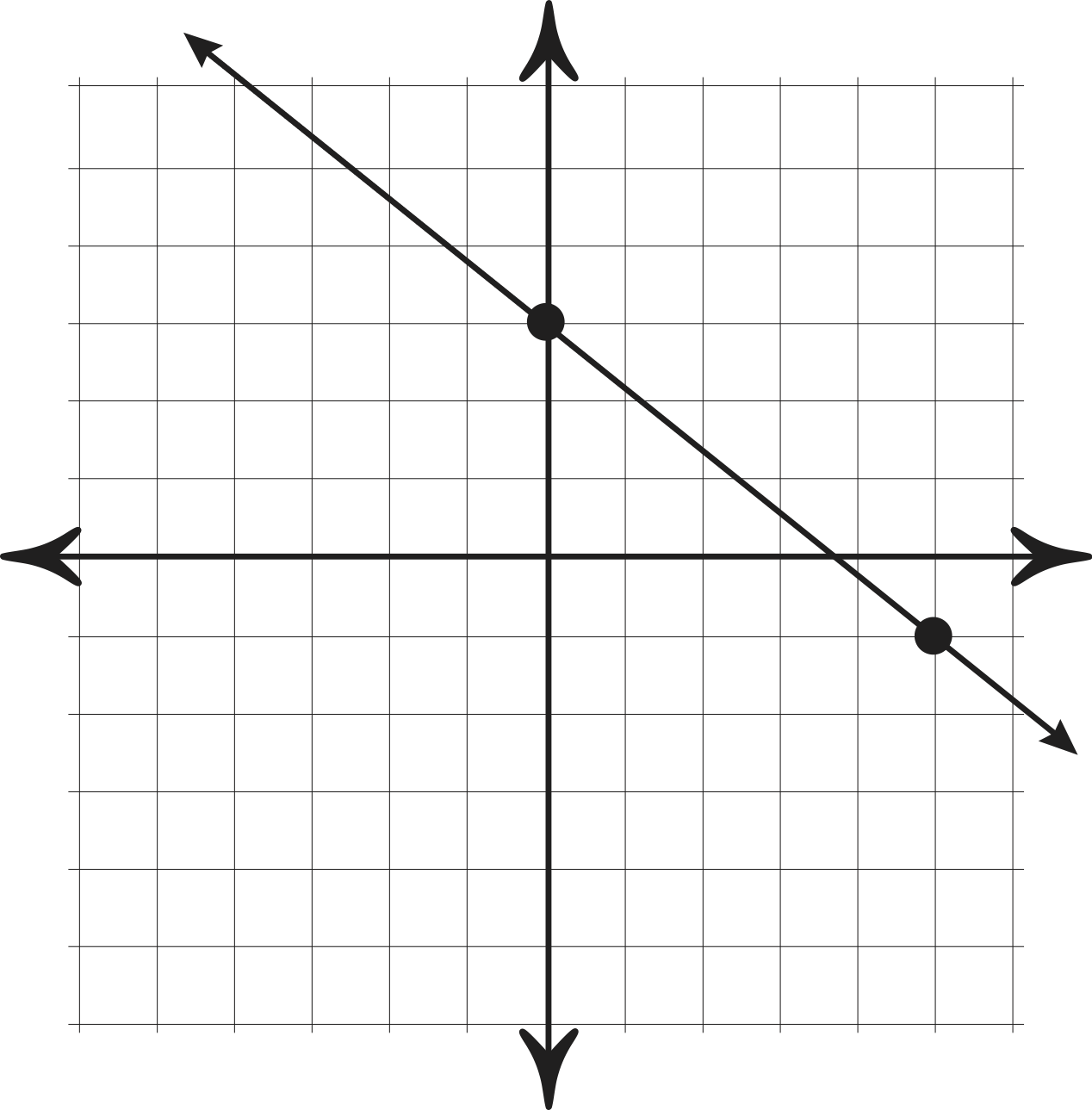
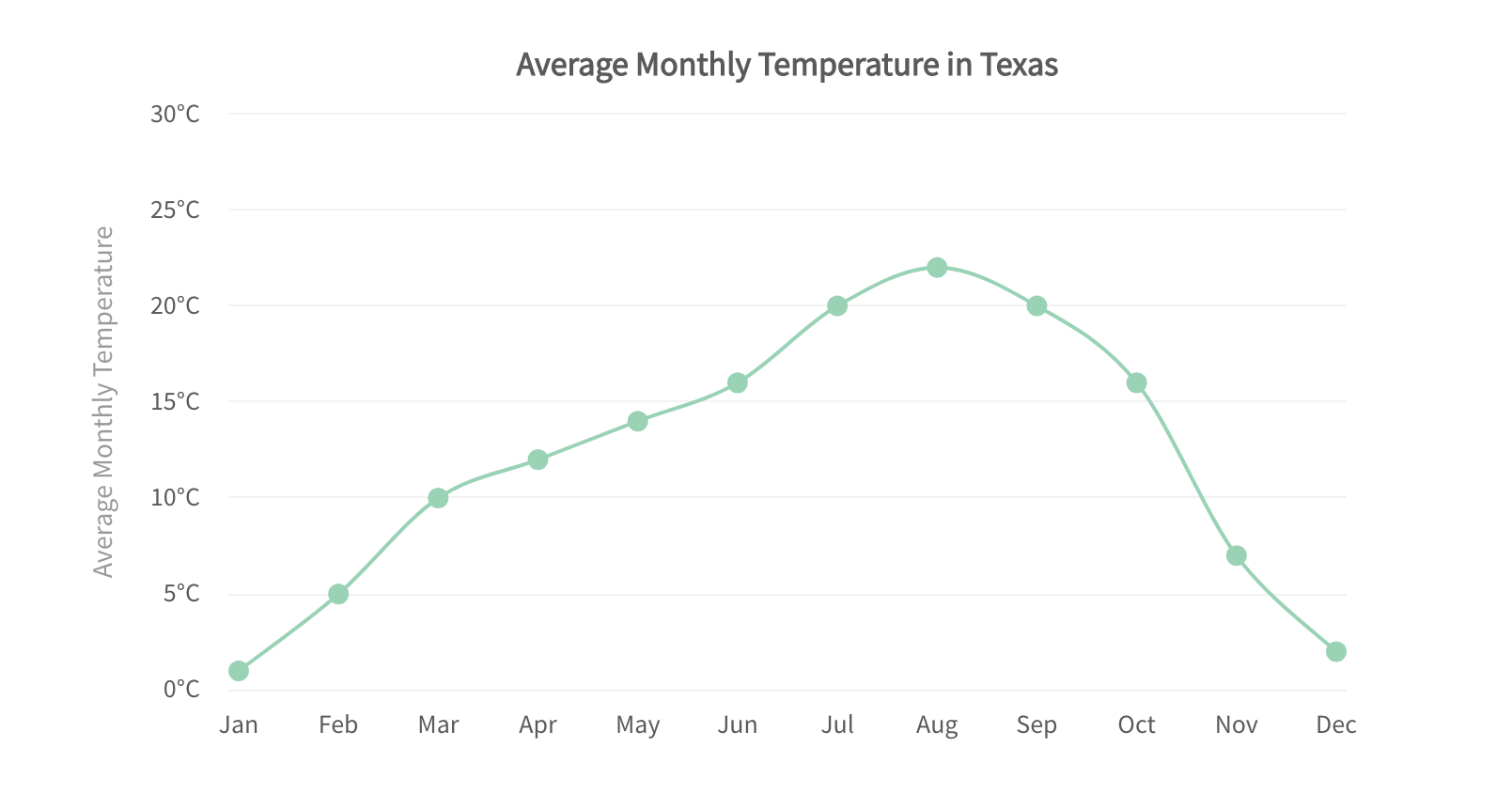
:max_bytes(150000):strip_icc()/Clipboard01-e492dc63bb794908b0262b0914b6d64c.jpg)
